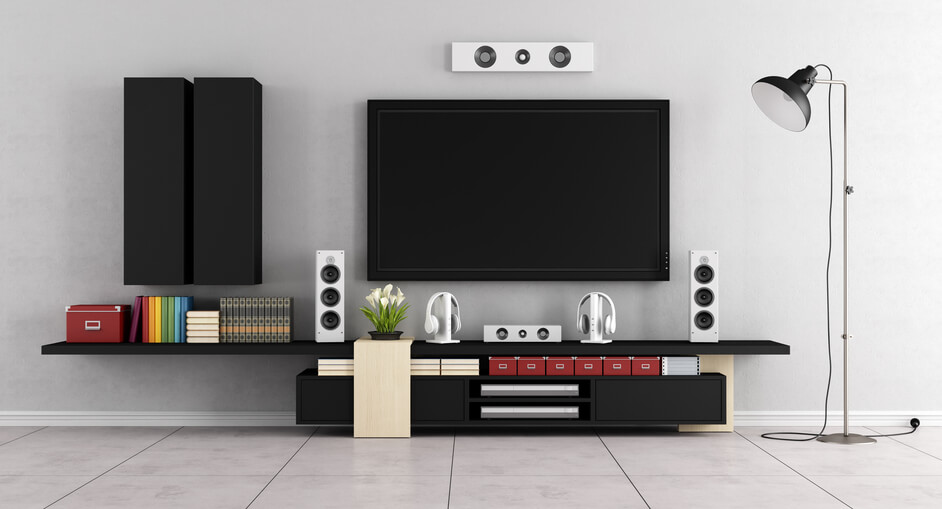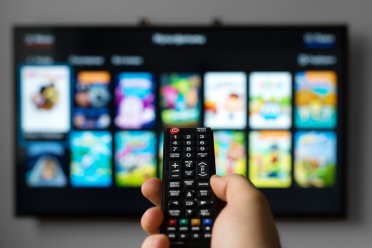3D viewing has revolutionised the TV and film industry, and now your favourite characters can just jump right out of your screen. Technological development has made it possible to build cheap 3D TVs for your home; but how do 3D TVs actually work?
The technology behind these TVs is modelled on human 3D perception and the results of binocular vision; two eyes being used together. In everyday vision, each of our eyes receives a slightly different image from the other. The brain then merges these two images and creates the perception of depth. This is implemented in 3D TVs and 3D glasses.
There are three main types of 3D technology that can be found today, these are anaglyph, polarization and active 3D.
Anaglyph
This method actually dates back to 1853 and the developer Wilhelm Rollman, who created a pair of 3D glasses that had chromatically opposite lenses. The most common colour combination was red and blue, just like the ones we wore as kids in the 90s! The on-screen image is then generated, consisting of two images overlapping, with different coloured filters on each.
One of the glass lenses takes in red light from the screen, sending it to the eye as white colour, whilst the blue parts of the images are darkened. Vice versa for the other lens. This then tricks the eyes and brain into seeing only one image, creating the illusion of depth.
Unfortunately this method does have a number of drawbacks, which meant it did not to gain much popularity with manufacturers and consumers, the main issue being that the images created by them had low colour fidelity, and generally had a tint of red and blue.
Polarization
TVs that use polarization to create a 3D image use glasses that are fitted with polarized lenses. These lenses filter light waves that are polarized in specific directions, with each lens filtering in a different way, horizontal and vertical for example.
The television then emits light waves of both directions, and when these reach the eye the glasses separate the images, and the brain then perceives them in the same 3D manner as real life, again creating the illusion of depth.
The main advantages of this 3D method are that the image’s details and colours are much more true to life, as the lenses don’t affect the on-screen image. The polarized method is also cost effective as it makes use of passive technology. It is also easy to switch between 2D and 3D viewing with a polarized TV.
However, the drawback with this method is that the screen has to be coated with a special polarized film before it can be used, and can cause an inconvenience for some people.
Active 3D
A recent addition to the 3D world is that of Active 3D technology, which doesn’t employ coloured lenses or polarized films. The eyewear that is associated with this method makes use of infrared sensors and wirelessly connects to the TV screen.
When using Active 3D the TV screen shows two different versions of the same image, although the two images are never displayed at the same time, with a tiny lag between the images. The lenses on the glasses operate with the alternating images on screen by flipping from opaque to transparent. For example when the right eye receives input from the screen the left eye receives nothing.
This happens at a very high speed, so that the brain has no time to perceive the flickering of the images. The eyes then see only the one 3D image. The infrared emitter is connected to a stereoscopic sync that helps the lens synchronize with the 3D content on screen.
This technology has only started being incorporated into television units recently, as the older plasma and LCD models have lower refresh rates, meaning this technology can’t be used with them.
With all this fabulous technology becoming available it’s now possible to recreate the fantastic 3D cinema experience in your own home. We are proud to stock a fantastic range of cheap 3D TVs here at Cheap LED TVs, and if you want to bag yourself a bargain contact us now on 0121 327 3273.


 My Cart -
My Cart - 





